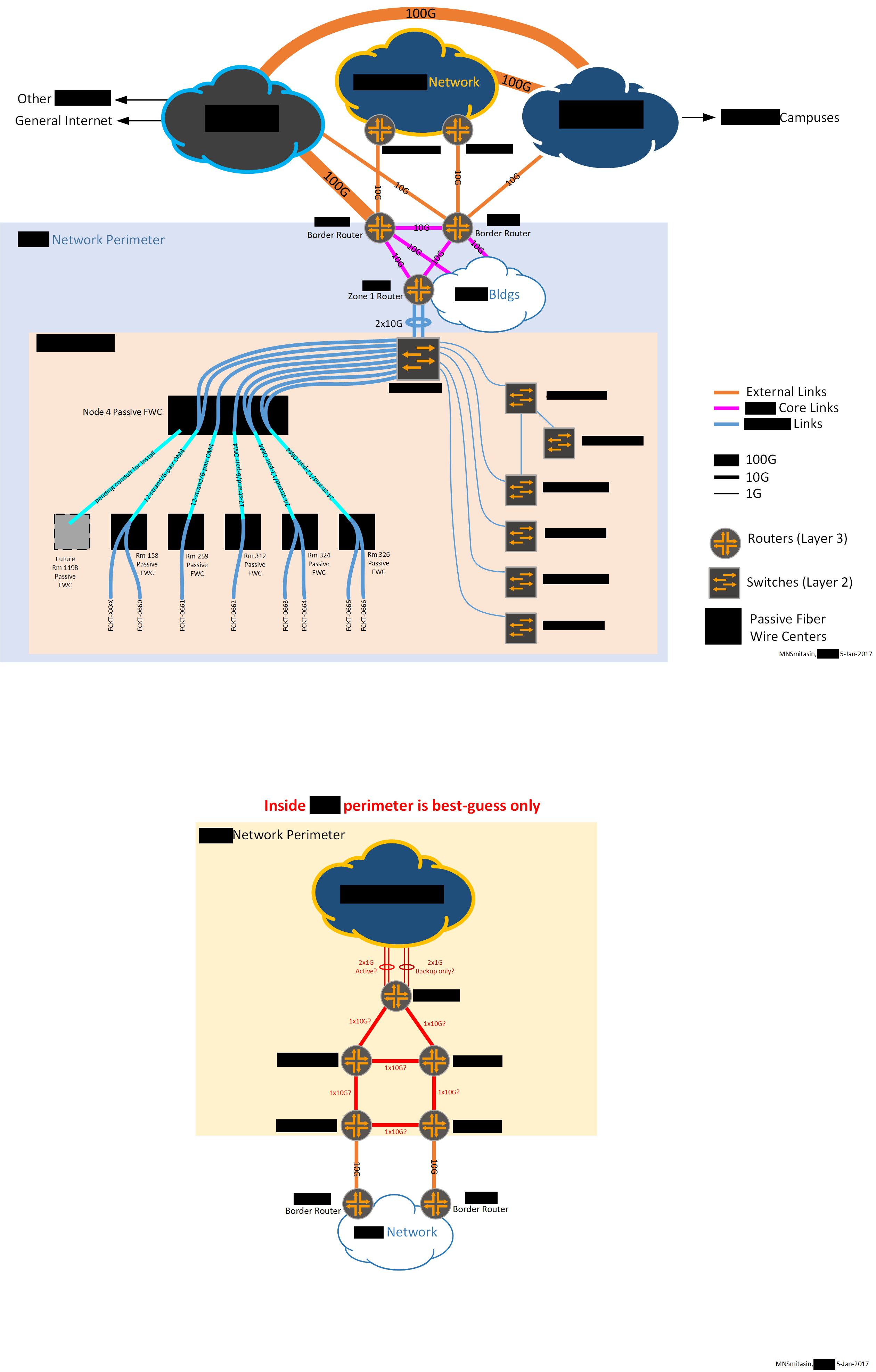Table Of Content

LLD describes the class diagrams with the methods and relations between classes and program specs. It describes the modules so that the programmer can directly code the program from the document. Structured flow charts and HIPO diagrams typify the class of software design tools and these provide a high-level overview of a program.

What is the difference between a project scope document and an LLD?
It throws some light on how well-versed the candidate is with Object-oriented programming. Also, knowledge of design patterns and best practices acts like an icing on the cake. The lesson I want to impart here is the importance of leveraging previous knowledge and building upon existing design patterns to innovate new, and effective solutions.
Test case development
LLD describes class diagrams with the help of methods and relations between classes and program specs. ConclusionIn conclusion, low-level design is a critical phase in the software development process that translates the system architecture into a detailed design. It specifies how the system will be implemented, including the design of individual components, their interactions, and the data flows between them. Low-level design is essential for ensuring that the system meets its functional and non-functional requirements and can be implemented efficiently and effectively.
Data Flow Design:
In the dynamic landscape of low-level design, developers rely on a suite of tools and resources to streamline the design process, ensure code quality, and facilitate effective collaboration. This section explores the essential tools and resources that empower developers in the intricate journey of crafting robust low-level designs. Theoretical understanding of low-level design principles finds its true test in real-world applications.

Looking For Functional Interior Designs?
Each layer here has a specific role to fulfill within the application. Low-level designs are created and implemented by designers and developers. This design breaks down high-level solutions into the smallest details. In this blog, we will elaborate on how to create a Low Level Design. Low-level design is a detailed description of every module of software. It describes every module in detail by incorporating the logic behind every component in the system.
What Design Lessons Can We Learn from Crossy Road? - Game Developer
What Design Lessons Can We Learn from Crossy Road?.
Posted: Mon, 30 Aug 2021 05:36:26 GMT [source]
It delves deep into every specification of every system, providing a micro-level design. These entities share certain properties like firstName, and lastName. You can create a base class named as Person and declare the common properties there. In the world of low-level design, challenges are not roadblocks but stepping stones towards mastery.
Step 2: Object Oriented Analysis and Design
Complexity is tamed through modularization, and security is woven into the fabric of the design. The collaboration within teams and the judicious integration of third-party components become opportunities for collective growth and innovation. Navigating these challenges requires a combination of technical expertise, effective communication, and a commitment to continuous improvement.
Pro-tip: Focus on developing an understanding!
Dungeons & Dragons: Monsters That Are Perfect Bosses For A Low Level Party - TheGamer
Dungeons & Dragons: Monsters That Are Perfect Bosses For A Low Level Party.
Posted: Mon, 27 Mar 2023 07:00:00 GMT [source]
While the project scope involves goal setting, task division, and timelines for each task, the low-level design is all about the technical detailing of the project. A scope document is from the business perspective; the LLD comprises the algorithm and details about classes /methods to achieve the required functionality in terms of business requirements. The low-level design covers the details to achieve the functional requirements (FR) and non-functional requirements by giving the technical roadmap for the same. The benefits of good architectural design include improved system performance, scalability, and maintainability. Additionally, well-designed architectures can be reused across multiple projects, reducing development time and costs. The benefits of good component-level design include improved system maintainability, increased code reuse, and better overall system performance.
Other types of Testing
System Design interviews have been a part of the technical interviewing process for a relatively shorter period than low-level design interviews. In the software industry, it was always important for engineers to demonstrate the ability to design efficient and effective software at a granular level. System Design only caught on once complex distributed systems became more commonplace in the 2010s.
Low-level design, on the other hand, goes into more detail and specifies how individual components will be implemented. A good low-level design document makes the program easy to develop when proper analysis is utilized to create a low-level design document. The code can then be developed directly from the low-level design document with minimal debugging and testing.Other advantages include lower cost and easier maintenance..
These designs keep concurrency control, latency and throughput in mind. We use design patterns where applicable to make the code readable, extensible and testable. Now, we will start with the lowest level of the design interview, the Low-Level OOD interview.
So, spend your time wisely and think more about modularity, extensibility and reusability. Apart from OOP skills, one needs to understand S.O.L.I.D principles and apply the same to the problem. Later, the candidate spends most of the time implementing the solution.
First, you'll need a basic understanding of OOPS concepts, learning about what they are, how they are used, and their pros and cons. Curated Collection of all Low level design Questions and implementation asked in major Tech companies , Get yourself prepared for the LLD round and ace the interview. Learn low level design of system at scale.prepare for the low level design (LLD) / Machine Coding round interviews. We’ll cover what interviewers are looking for in OOD and ASD interviews, key differences between the types to help you prepare for the right one, and my best advice for your preparations for both. These are sets of 5 principles(rules) that are strictly followed as per requirements of the system or requirements for optimal designing.
One of the most essential tips for cutting down on maintenance and cleaning in your home is to focus on the materials you choose. The allure of certain styles might appeal to you from a design perspective, but be sure to seek advice on how certain materials deal with wear and tear and if they’re right for certain rooms. Otherwise, you may end up replacing fixtures well before you’re meant to. Opting for more low-maintenance home materials and home styles can save you time, money and elbow grease. High-Level Design and Low-Level Design are the two main aspects of System Design. You need to ensure what kind of vulnerabilities to be avoided, like SQL injection attacks.
Low-level design, while critical for creating efficient and maintainable software systems, comes with its own set of challenges. Understanding and addressing these challenges is essential for developers to navigate the intricate landscape of low-level design effectively. In this section, we explore some common challenges faced during low-level design and strategies to overcome them. During an LLD round, the candidate is supposed to design the classes, methods, and contracts. An interviewer evaluates how well a candidate deals with an ambiguous question. It shows the ability of the candidate to write extensible and maintainable code.

No comments:
Post a Comment